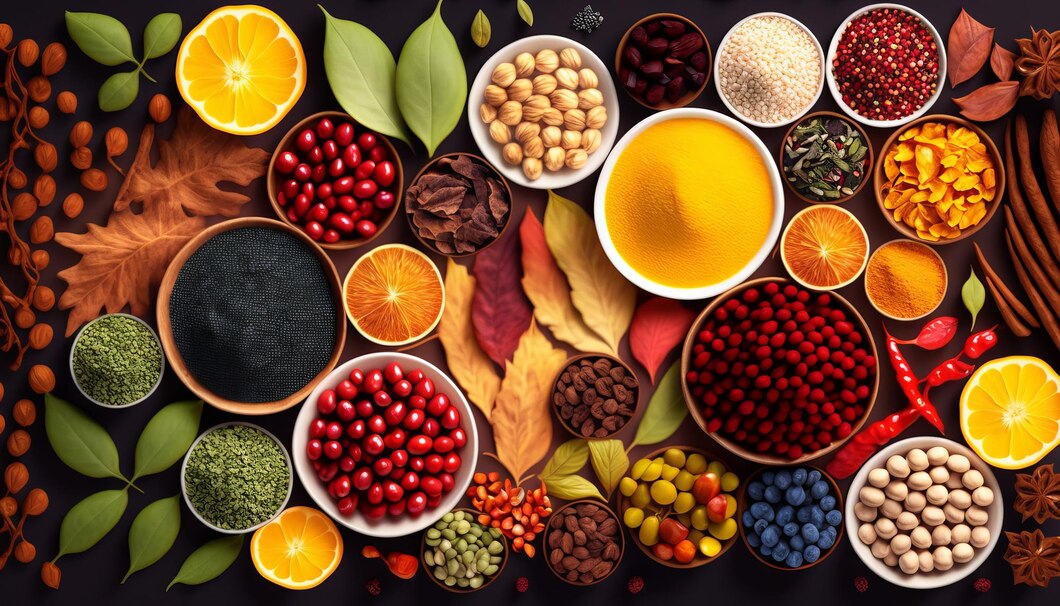
Linking Global Agriculture Solution
In a world where food supply chains are increasingly interconnected, UMA International Tradelink plays a crucial role in optimizing agricultural trade. We leverage our expertise in logistics, market insights, and regulatory compliance to bridge gaps between suppliers and consumers.
Whether it’s grains, fruits, vegetables, or livestock, we are committed to fostering sustainable agricultural practices and enhancing global food security through strategic partnerships and innovative solutions. Join us in shaping the future of agriculture with responsible and efficient trade practices.
Our agriculture products
Grain & Flour

Wheat Flour (atta / maida)
Wheat flour may be a good source of iron, thiamine, niacin, calcium, and vitamin B6, in addition to the above nutrients.
Whole wheat may be a decent source of several vitamins and minerals, including selenium, manganese, phosphorus, copper, and folate.
Gram Flour (Besan)
Besan contains soluble fiber, which keeps your heart healthy. The fiber content of the besan flour keeps the cholesterol levels under control and this helps in proper functioning of the heart and healthy blood circulation.
Besan is one of the best home remedies to control Diabetes. The lower level of glycemic index keeps Diabetes in check. You can replace wheat flour with the gram flour for making breads and rotis.
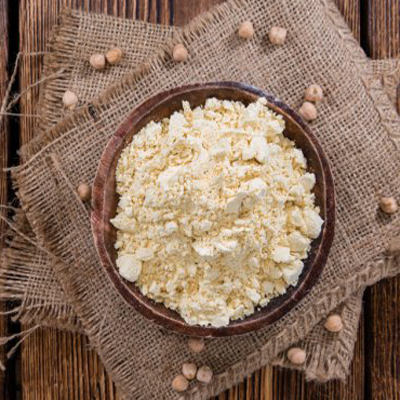
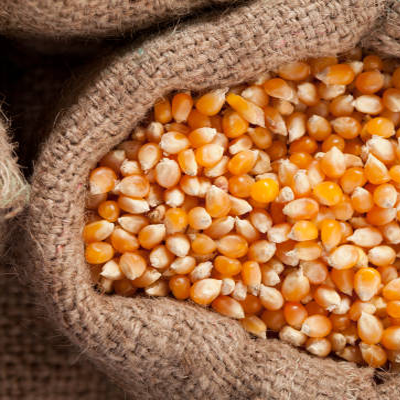
Maize (Cron)
Corn has lower calories compared to wheat. It is high in proteins and starch. Maize is also rich in iron, phosphorous, zinc and various vitamins. Abundant in antioxidants, maize is proven to be good for eyesight and also helps in the prevention of cancer, and anaemia.
Corn can be a great source for many essential nutrients, vitamins, and minerals such as vitamin C, vitamin B1, vitamin B9, Magnesium, and Potassium, among others. Most people greatly benefit from including maize as part of a balanced diet because of its remarkable nutrition profile.
Green Millet
Millet is one of the oldest cultivated grains in the world and has been grown throughout Africa and Southeast Asia for thousands of years. Millet can be used to make bread, beer, cereal, and other dishes. Even today, millet is a staple food around the world.
Millet is rich in niacin, which helps your body manage more than 400 enzyme reactions. Niacin is also important for healthy skin and organ function. In fact, it’s such an important compound that it’s often added to processed foods to enrich them.

Spices
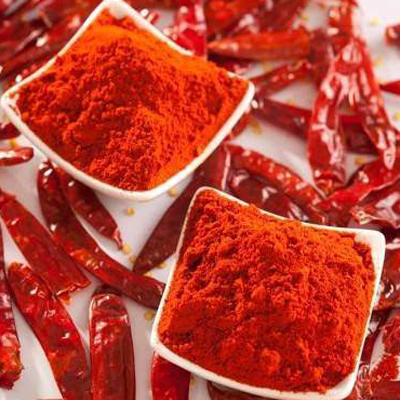
Red Chillies Dry & Powder
Dry red chili is a condiment that adds pungency and color to the food. It has some medicinal and homeopathic properties. We offer a uniform shape and size of red chillies. It is mostly used to temper dishes. The chillies have a sharp taste.
Red chilli powder has significant amounts of vitamin C, which strengthens the immune system and helps your body fight infections and diseases. It also helps reduce free radicals in the body and is also known to reduce the chances of cancer.
Turmeric Powder & Fingers
The turmeric finger is the purest form of turmeric and is used in medicines, food and dyeing processes. The product is sourced from the farmers who grow the crop in natural and organic manner. Turmeric is widely grown in Erode. Turmeric powder is made from turmeric fingers.
Turmeric contains anti-inflammatory and antioxidant properties, which may offer health benefits. Early studies say turmeric may help keep your heart, joints, and brain healthy.
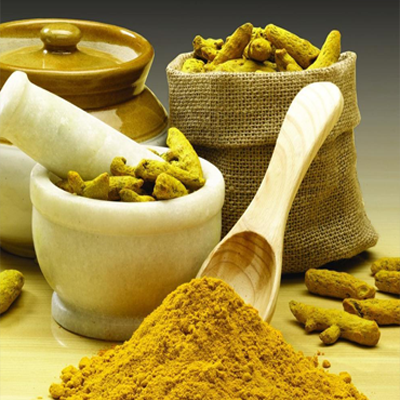
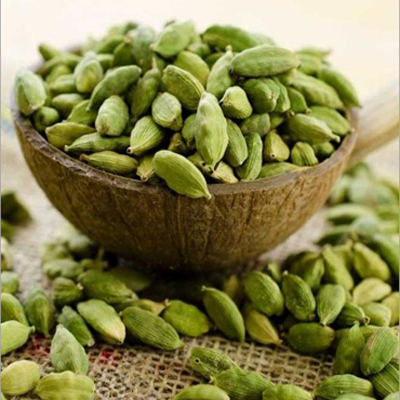
Green cardamom
People may use cardamom seeds and pods in curries, desserts, and meat dishes, as well as in beverages, such as coffee and chai tea. People may also take cardamom as a supplement for its health benefits. Cardamom contains phytochemicals that have anti-inflammatory and antibacterial properties.
Cardamom’s natural phytochemicals have antioxidant and anti-inflammatory abilities that could improve health. However, it is too early to say whether this spice can treat any health conditions.
Fenugreek Seeds
Fenugreek is taken by mouth for digestive problems such as loss of appetite, upset stomach, constipation, inflammation of the stomach (gastritis). Fenugreek is also used for diabetes, painful menstruation, polycystic ovary syndrome, and obesity.
Regular consumption of fenugreek seeds helps in lowering total cholesterol, LDL (bad cholesterol) and triglyceride levels in the blood while increasing beneficial HDL cholesterol levels. This is because these seeds contain steroidal saponins that slow down cholesterol absorption of the intestines.
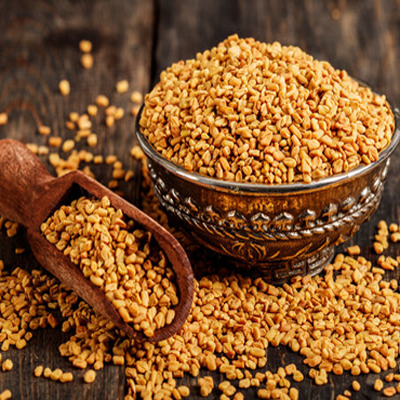

Fennel Seeds
Fennel seeds are rich in fibre and may aid in weight loss and keep hunger pangs at bay. They work as diuretics and improve metabolism. Consuming fennel seeds daily with a balanced diet and workout helps you to shed extra pounds quickly.
If you face a lot of problems related to digestion then start drinking fennel seeds water or tea everyday. By promoting the production of the gastric enzymes, fennel seeds keep all digestion related issues at bay. It keeps the digestive tract healthy. It treats constipation, indigestion, and bloating too.
Cumin Seeds
Using cumin as a spice increases antioxidant intake, promotes digestion, provides iron, may improve blood sugar control and may reduce food-borne illnesses. Taking higher doses in supplement form has been linked to weight loss and improved blood cholesterol, though more research is needed.
It is believed to be a great ingredient for solving a host of health problems like poor digestion, constipation, insulin resistance, metabolism, et al. Moreover, it may also help burn belly fat and lose weight effectively. Jeera water is the solution you get by soaking cumin seeds in water for a few hours.


Coriander Seeds
Coriander seed helps in reducing bad cholesterol and promotes good cholesterol in the body. These are rich in copper, zinc, iron and other essential minerals that increases RBC and improves heart health. Coriander seeds also help in increasing metabolism.
Coriander is known to be rich in various vitamins including Vitamin C, K and A. Each of these vitamins is known to be helpful for hair growth, imparting strength to your strands, which is needed to keep them from breaking.
Clovea
Originating in Indonesia, cloves are dried flower buds from the clove tree. They are a popular spice that people use in soups, stews, meats, sauces, and rice dishes. Their name comes from the Latin word clavus, which means nail since the shape of a dried clove resembles that of a nail.
Clove is applied directly to the gums (used topically) for toothache, for pain control during dental work, and for a complication of tooth extraction called “dry socket.” It is also applied to the skin as a counterirritant for pain and for mouth and throat inflammation.


Cinnamom cassia
Cassia cinnamon contains chemicals that seem to improve insulin sensitivity. This may improve blood sugar control in patients with diabetes. Cassia cinnamon also contains cinnamaldehyde. This chemical might have activity against bacteria and fungi
Cassia cinnamon is a type of cinnamon prepared from the dried inner bark of an evergreen tree that grows in areas of southeastern Asia.
Black Papper
Black pepper (Piper nigrum) is a flowering vine in the family Piperaceae, cultivated for its fruit, known as a peppercorn, which is usually dried and used as a spice and seasoning.Black pepper is the world’s most traded spice, and is one of the most common spices added to cuisines around the world.
Packed with the goodness of antioxidants, black pepper can naturally help in managing blood pressure and improve cardiovascular health. Apart from that, the black pepper tea also helps in boosting immunity and can heal sore throat.
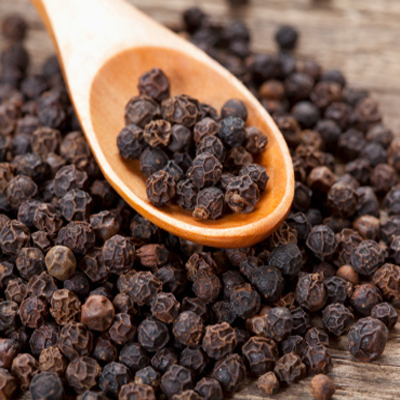
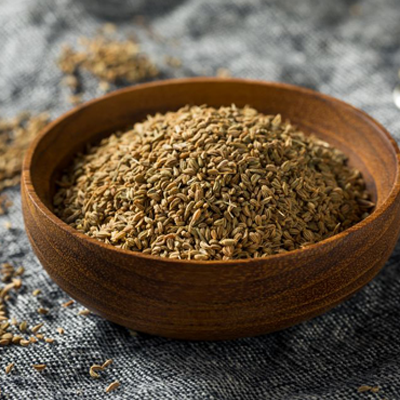
Ajwain Seeds
Ajwain (pronounced uj-wine) is a seed-like fruit often used in Indian cooking as part of a spice mixture. It looks similar to fennel and cumin seeds and is highly fragrant, smelling like thyme. Its taste, however, is more like oregano and anise due to the bitter notes and strong flavor.
Active enzymes in ajwain improve the flow of stomach acids, which can help to relieve indigestion, bloating, and gas. The plant can also help to treat peptic ulcers as well as sores in the esophagus, stomach, and intestines.
Pulses & Beans
Chana Dal
Chana dal is rich in B-complex vitamins that play an important role in glucose metabolism and are vital for your body to remain active and energetic. It is also essential for the heart as it is rich in antioxidants and reduces inflammation keeping the organ healthy.
Daily consumption of around 3/4 cup of chickpeas helps to decrease LDL cholesterol and total cholesterol triglycerides. 2 The carbohydrates in kala chana are digested slowly, which reduces the blood sugar levels. This contributes to insulin resistance, thereby reducing the risk of getting type-2 diabetes.

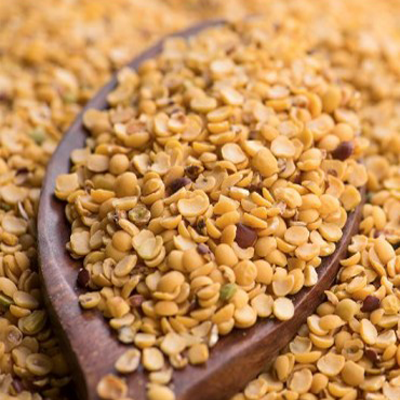
Toor Dal
Toor dal (also known as Arhar or pigeon pea) is a lentil that is yellow in colour and round or oval in shape. If you are a vegetarian, this dal is one of the prime sources of protein and essential nutrients that should be a part of your daily diet. Toor dal is rich in fibre that helps in relieving constipation.
Toor dal a rich source of potassium, this mineral acts as a vasodilator reducing the blood constriction and stabilizes the blood pressure.
Urad Dal
Urad dal is called as black gram or black lentil in english. It also known as maah ki dal and kaali dal in Punjabi. The whole urad beans with husks have a black color, whereas the split and husked beans have a creamish white color.
It is rich in protein, potassium calcium, iron, niacin, Thiamine, and riboflavin. Urad Dal is also an excellent source of dietary fiber, isoflavones, and vitamin B complex. There are many reasons why Urad dal should be consumed. It can aid in digestion, boost energy, improve skin health, and many others.
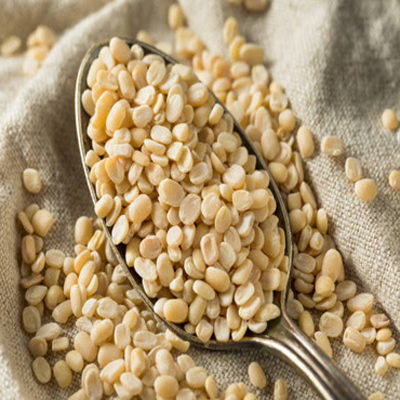
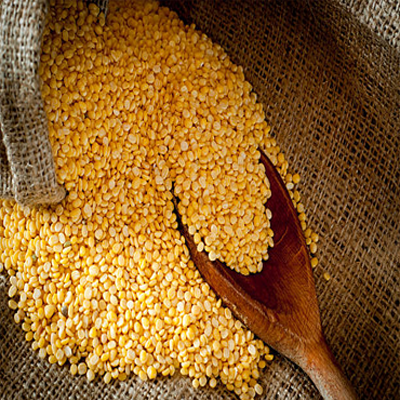
Mung Dal
Mung beans are called as Moong Dal in India. Mung beans also know green gram or moong. In the Indian Cuisine, both the whole lentils and the split ones are used. The whole mung beans have a green color and when they are husks are removed, you see the yellow color of the beans.
Mung beans are high in nutrients and antioxidants, which may provide health benefits. In fact, they may protect against heat stroke, aid digestive health, promote weight loss.
Mung Beans
The mung bean, alternatively known as the green gram, maash, moong, monggo, or munggo, is a plant species in the legume family. The mung bean is mainly cultivated in East, Southeast and South Asia. It is used as an ingredient in both savoury and sweet dishes.
Mung beans are high in nutrients and antioxidants, which may provide health benefits. In fact, they may protect against heat stroke, aid digestive health, promote weight loss and lower “bad” LDL cholesterol, blood pressure and blood sugar levels.
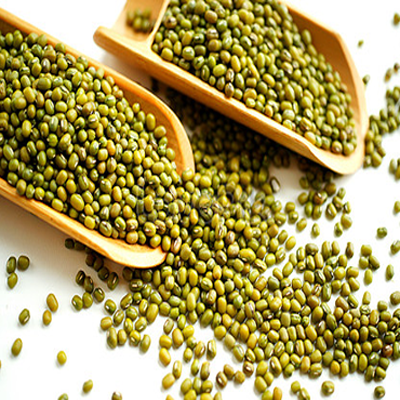

Dry Green Peas
Air drying green beans is a way of preserving this vegetable that dates back to American pioneer times. It was especially popular in the southern United States where dried green beans.
Green beans are high in vitamin K, and they also contain a decent amount of calcium. These nutrients are important for maintaining strong, healthy bones and reducing your risk of fractures. Getting enough folate isn’t just important during pregnancy. The B vitamin is also important for reducing depression.
Red Massor
Masoor dal is an important part of the diet in many parts of the world, especially in the Indian subcontinent, which has a large vegetarian population. It is basically split lentil without skin and is red in colour. It does not need soaking prior to cooking as it is a soft dal and cooks quickly.
Masoor dal or red lentils is a commonly used lentil in the Indian cooking. An extremely beneficial dal for health, that goes well when added with any vegetable. It is loaded with protein, fibre, magnesium, calcium, B vitamins and folate that boost overall health.


Chick Peas White
Kabuli chana or ‘chickpeas’ Is believed to be one of the earliest cultivated legumes. It is a small, hard, knobby, beige-coloured bean with a diameter of less than a centimetre. It looks kind of like a wrinkled hazelnut. Its nutty and creamy flavour, firm texture and minimal fat make it a versatile ingredient.
Chickpeas are high in dietary fiber, especially a soluble fiber called raffinose. The good bacteria in your gut breaks this down so your colon can digest it slowly. Studies have found that eating more chickpeas can help make bowel movements easier and more regular. They can help lower cholesterol
Black Chana
Kala chana are the desi variety of chickpeas that are brown to black in color. These are used widely in Indian cuisine to make curries, stew and even stir fry dishes.
As a rich source of iron, kala chana can prevent anaemia and boost your energy levels. This is particularly beneficial for pregnant and lactating women as well as growing children. Iron plays an important role in the formation of haemoglobin which helps transport oxygen from the lungs to all body cells.
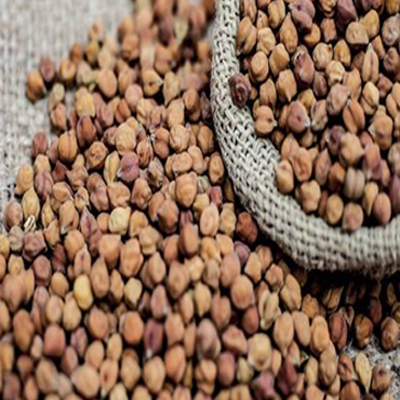

Black Eye Beans
The black-eyed pea or black-eyed bean is a legume grown around the world for its medium-sized, edible bean. It is a subspecies of the cowpea, an Old World plant domesticated in Africa, and is sometimes simply called a cowpea.
Black-eyed peas are incredibly nutrient-dense, packing plenty of fiber and protein into each serving. They’re also a good source of several important micronutrients, including folate, copper, thiamine, and iron.
Fruits

Pomegranate
Pomegranates seem like an intimidating fruit. But breaking through that tough skin to get to the juicy, ruby-red seeds is worth the effort because many health benefits lie within.
Those tart arils can help keep your body healthy and disease free. Plus, they may be just what you need to add a punch of flavor to everything from your salad to your seltzer.

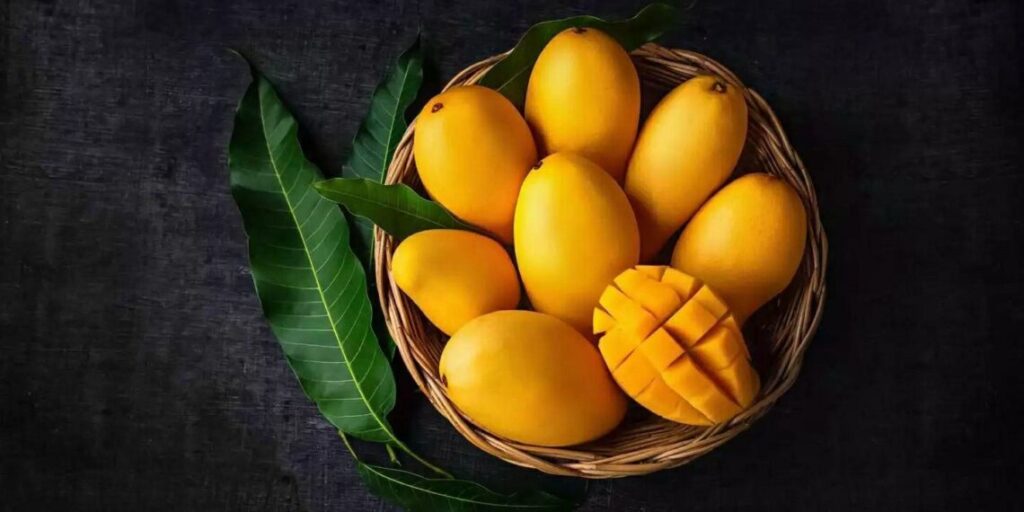
Mango
A mango is a juicy stone fruit (drupe) produced from numerous species of tropical trees belonging to the flowering plant genus Mangifera, cultivated mostly for their edible fruit.
Mango is a low-calorie fruit that is high in fibre, and is a great source of vitamins A and C. It also contains folate, B6, iron and a little calcium, zinc and vitamin E.
Papaya
Papayas are a soft, fleshy fruit that can be used in a wide variety of culinary ways.Their sweet taste, vibrant color, and the wide variety of health benefits they provide make them a popular fruit.
The possible health benefits of consuming papaya include a reduced risk of heart disease, diabetes, cancer, aiding in digestion, improving blood glucose control in people with diabetes, lowering blood pressure, and improving wound healing.

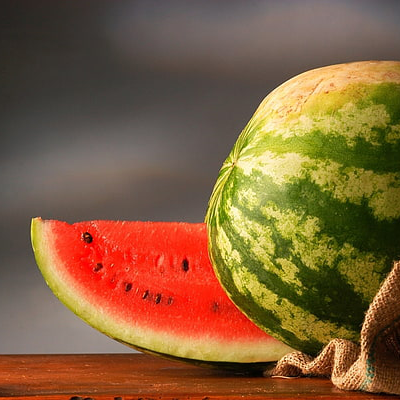
Watermelon
Watermelon is a sweet and refreshing low calorie summer snack. It provides hydration and also essential nutrients, including vitamins, minerals, and antioxidants.
It contains only 46 calories per cup but is high in vitamin C, vitamin A and many healthy plant compounds.
Lemon
Lemons are a popular fruit that people use in small quantities to add flavor to food.However, they rarely consume them alone due to their intense, sour taste.
Lemons give flavor to baked goods, sauces, salad dressings, marinades, drinks, and desserts, and they are also a good source of vitamin C.

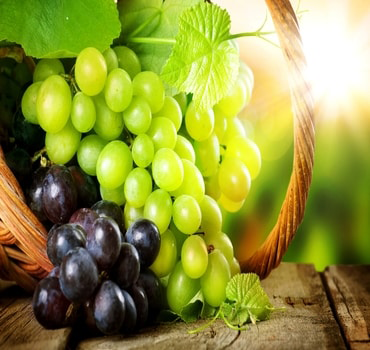
Grapes
Grapes come in different colors and forms. There are red, green, and purple grapes, seedless grapes, grape jelly, grape jam and grape juice, raisins, currants, and sultanas, not to mention wine.
The nutrients in grapes may help protect against cancer, eye problems, cardiovascular disease, and other health conditions.
Banana
Bananas are one of the most popular fruits worldwide. They contain essential nutrients that can have a protective impact on health.
Eating bananas can help lower blood pressure and may reduce the risk of cancer. Bananas contain fiber, potassium, folate, and antioxidants, such as vitamin C. All of these support heart health.

Vegetables
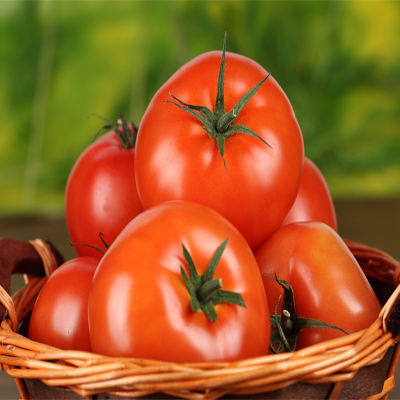
Tomato
The tomato is the edible, often red, berry of the plant Solanum lycopersicum, commonly known as a tomato plant.
A tomato is a nutrient-dense superfood that offers benefit to a range of bodily systems. Its nutritional content supports healthful skin, weight loss, and heart health.
Chilli
Chillies are small red or green peppers. They have a very hot taste and are used in cooking. The small red hot-tasting pod of a type of capsicum used for flavouring sauces, pickles, etc.
If you love spicy food, then you’ve probably experienced the intense – and sometimes quite uncomfortable – chili hiccups.


Drumstick
Moringa oleifera is a plant that is often called the drumstick tree, the miracle tree, the ben oil tree, or the horseradish tree.
Moringa has been used for centuries due to its medicinal properties and health benefits. It also has antifungal, antiviral, antidepressant, and anti-inflammatory properties.

Cucumber
Cucumbers have a mild, refreshing taste and a high water content. They can help relieve dehydration and are pleasant to eat in hot weather. People eat cucumber as a savory food, but it is a fruit. It also features in some beauty products.


Red Onion
Onions vary in size, shape, color, and flavor. The most common types are red, yellow, and white onions. The taste of these vegetables can range from sweet and juicy to sharp, spicy, and pungent, often depending on the season in which people grow and consume them.

Potato
Potatoes are edible tubers, available worldwide and all year long. They are relatively cheap to grow, rich in nutrients, and they can make a delicious treat.
The iron, phosphorous, calcium, magnesium, and zinc in potatoes all help the body to build and maintain bone structure and strength.

Peas
The pea is most commonly the small spherical seed or the seed-pod of the pod fruit Pisum sativum. Each pod contains several peas, which can be green or yellow.
Green peas contain a decent amount of heart-healthy minerals, such as magnesium, potassium and calcium.
Dehydrated Products
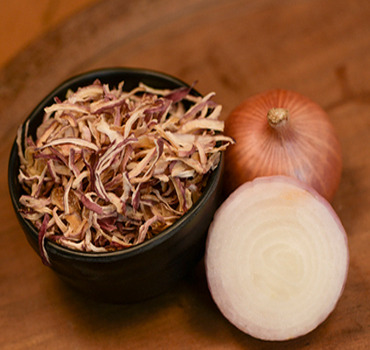
Dehydrated Onion
We are offering high-end quality of Dehydrated Pink Onion flakes to our clients. Available with us are Dehydrated Pink Onion Flakes, which are used in different food preparations like sauces, vegetable mixes, dry soups and varied fast foods. These dehydrated pink onion flakes have the same taste and flavor as that of the fresh onion and are therefore, highly demanded by our customers in the domestic and international.

Dehydrated Garlic
Finding extensive use in food recipes the world over, Garlic Flakes offered is finely cleaned through delicate mincing of garlic cloves which are then dehydrated using latest air drying technology for longer shelf life. Garlic flakes also finds use in number of applications like as an addition to soups for adding a flavor to the cooked dishes. Its use in cooking releases garlic flavor that enhances overall taste of dish. We offer it in form of large slices in moisture proof packaging and offers potent usage when compared to fresh.
